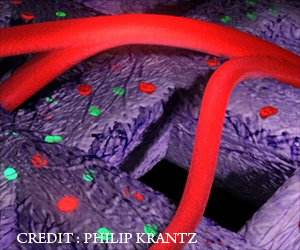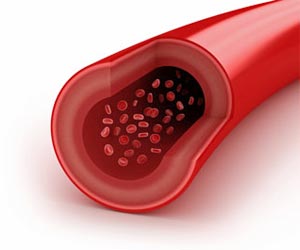A bioactive tissue has been developed that supports hormone production and stem cell growth, and assists in wound healing.
- A bioactive tissue paper has been produced that can be folded, cut, sutured and even stored in a refrigerator
- The paper supports the production of hormones by ovarian follicles grown in it
- It also supports the growth of bone marrow stem cells
Some of the properties of the bioactive tissue produced by the scientists are as follows:
- The paper is thin but strong and pliable and can be easily folded, cut, rolled or sutured, which makes it easy to use it during surgery. The scientists have demonstrated its properties by making origami out of the papers. It remains mechanically robust even when wet.
- It is made from organs like ovary, uterus, heart, liver and muscle obtained from pigs or cows.
- The tissue supports the production of hormones by ovarian follicles. When the ovarian follicles were grown in the tissue made from bovine ovary, the follicles produced hormones. Thus, the tissue with the follicles could possibly be inserted into the body of young cancer patients who have lost their hormonal functions due to the cancer treatments like chemotherapy and radiotherapy. It could also serve as a hormone replacement therapy in menopausal women.
- The tissue can assist in wound healing and prevent scarring. Since the paper holds the specific properties of the organ from which it is obtained, it could provide the necessary biochemicals that are required for tissue regeneration and support wound healing.
- When bone marrow stem cells (cells that can give rise to other types of cells) were put on the tissue paper, the tissue paper supported the growth of the cells, which multiplied on it.
- The paper can be easily stored. It can be frozen in the refrigerator or the freezer and used later when needed.
Reference:
- Jakus AE et al. “Tissue Papers” from Organ-Specific Decellularized Extracellular Matrices. DOI: 10.1002/adfm.201700992











